
The new gear orientation begins before you make the purchase. Ask yourself the following questions to help with making the proper gear selection: Will this gear fit my dive objectives? Does it have the features I want? Is it appropriate for my dive conditions? Am I trained (or getting trained) to use this equipment? And, most important, does it fit properly?
Speak with your instructor, the dive store staff and other divers you trust to help answer those questions. Remember that what works for your friend or the store employee may not necessarily be the right equipment for you. One brand and style of buoyancy compensator may fit and work for your buddy but not fit well on you. Try on equipment, and try different styles to find what works best for you.
Some stores have demo models of various equipment that you can try in their pool or even in open water. That is the best way to determine if a particular piece of gear will work for you.
After purchasing or renting your equipment, it is important to become familiar with it. Try the gear in confined water (a pool) before doing more arduous dives in open water. If a confined-water location is not available, do a dive (or several dives if needed) in shallow water at an easy site with which you are familiar. Thoroughly learn your gear before you do deeper, longer or more challenging dives.
Bu hikaye Scuba Diver dergisinin Issue 03 - 2020(118) sayısından alınmıştır.
Start your 7-day Magzter GOLD free trial to access thousands of curated premium stories, and 9,000+ magazines and newspapers.
Already a subscriber ? Giriş Yap
Bu hikaye Scuba Diver dergisinin Issue 03 - 2020(118) sayısından alınmıştır.
Start your 7-day Magzter GOLD free trial to access thousands of curated premium stories, and 9,000+ magazines and newspapers.
Already a subscriber? Giriş Yap
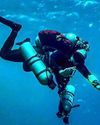
The Making Of A World Record-Breaking Diver
Descending more than 300 metres into the depths of the ocean may sound like a daunting prospect to even the most seasoned diver. But to one man, it was just another a challenge that he set for himself to see how far he was able to push the envelope.
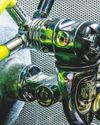
Risk Mitigation: Hose Failure
An unexpected outcome
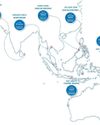
Top 10 Wrecks Of Asia-Pacific
We present a curated list of the top 10 most famous wrecks found in the Asia-Pacific region, listed in no particular order
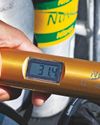
From The Medical Line: Diving After DCS
DAN medical information specaialists and researchers answer your dive medicine questions

Cave Exploration: Beginning With The End In Mind
Building complex adventures on simple skills
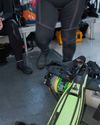
Dive Slate: Stay Safe On Board
When preparing for a dive, safety is at the top of the list – checking gear, learning potential site hazards and discussing procedures with your divemaster or buddy.

101 Tips On Becoming A Better Tek Diver
Technical diving takes divers beyond the typical recreational scuba diving limits, opening up many new and exciting possibilities.
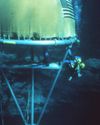
TECHNICAL DIVING TIMELINE (1660–1999)
It’s fair to say that the emergence of “technical diving” in the late 1980s, that is, the introduction of mixed gas technology, and later mixed gas rebreathers to the sport diving community, represented the culmination of hundreds of years of scientific discovery and technological development.

FLYING AFTER DIVING
From the Safety Stop

DIAGNOSING DECOMPRESSION ILLNESS
Incident Insight